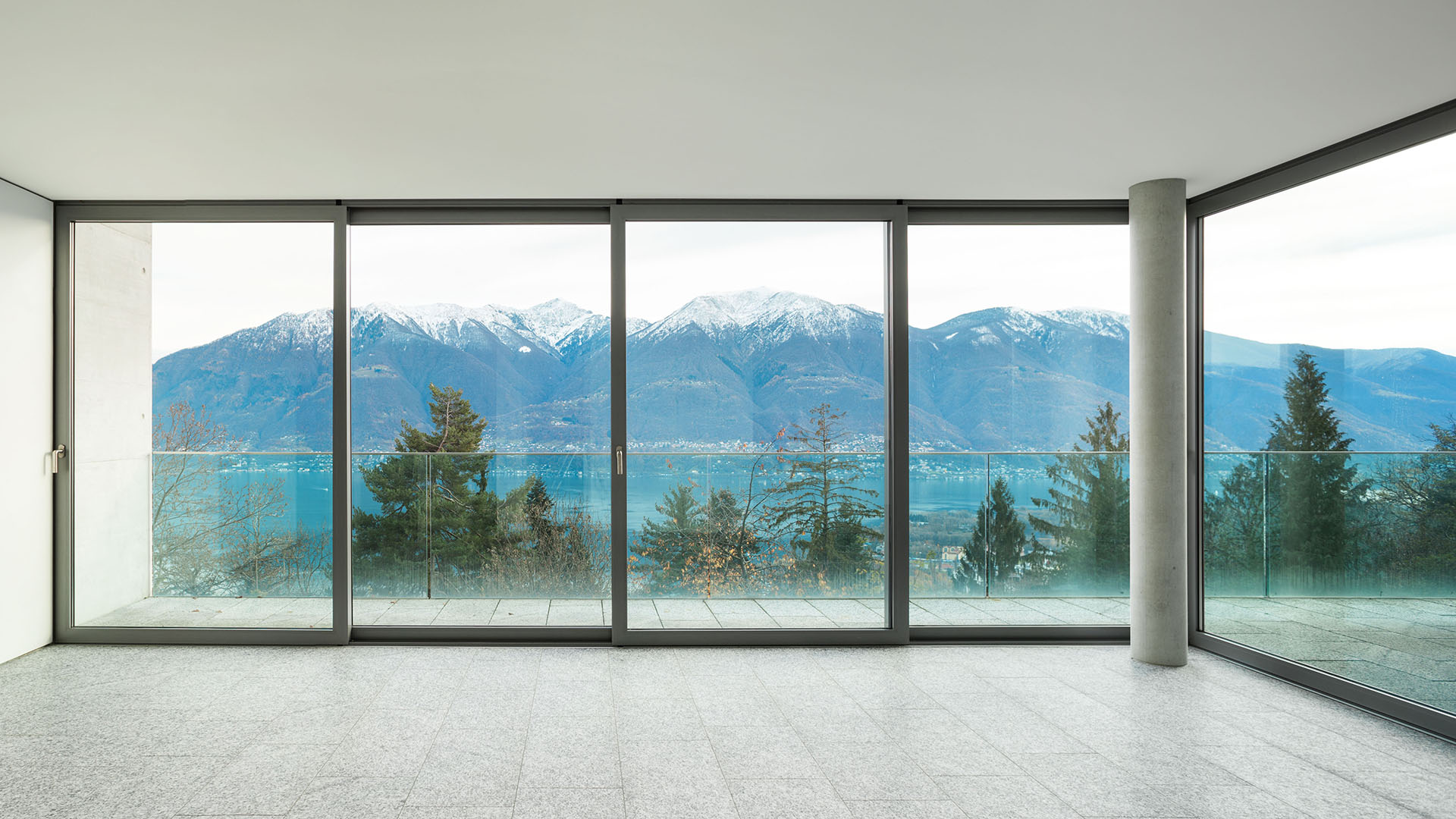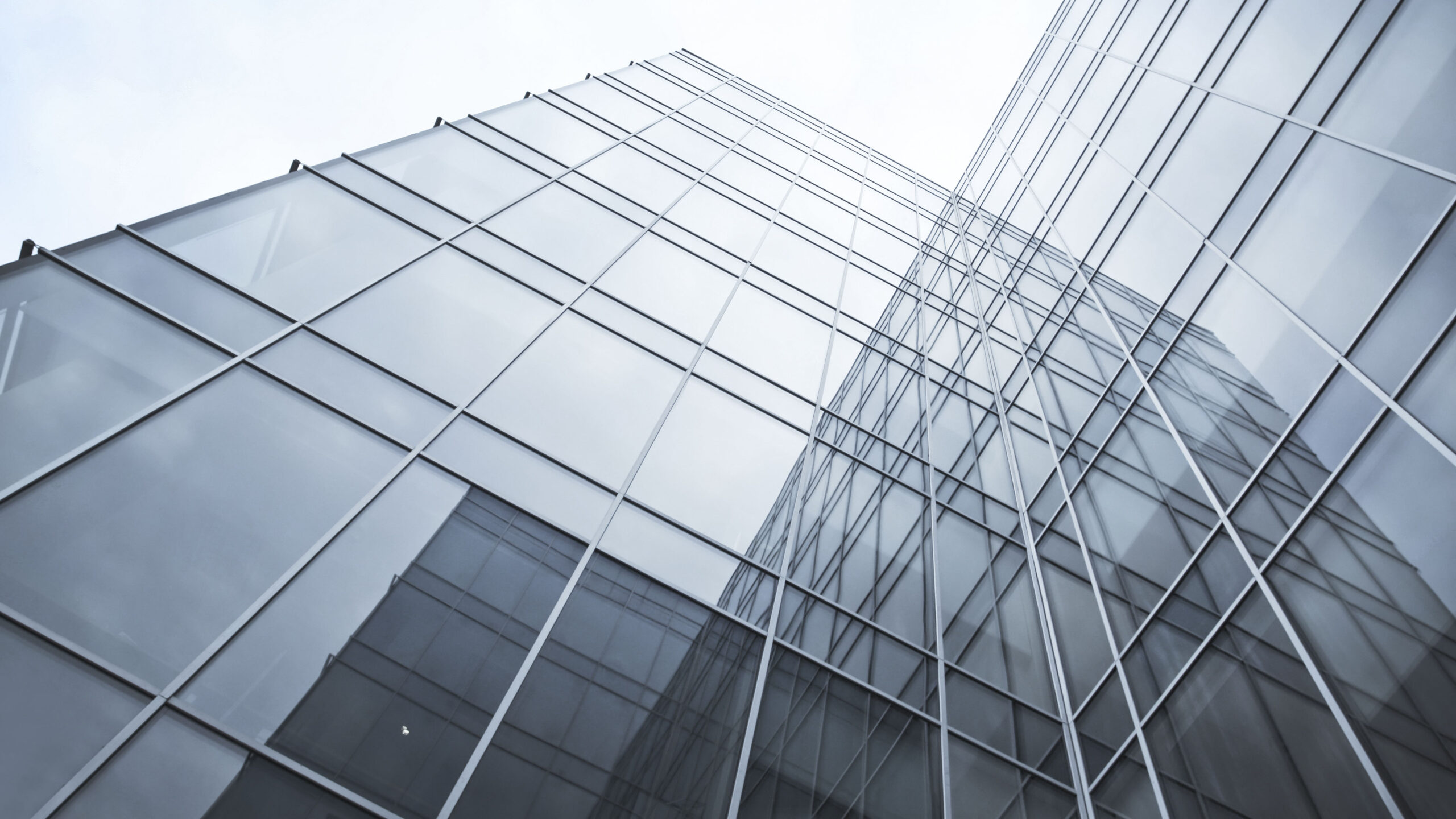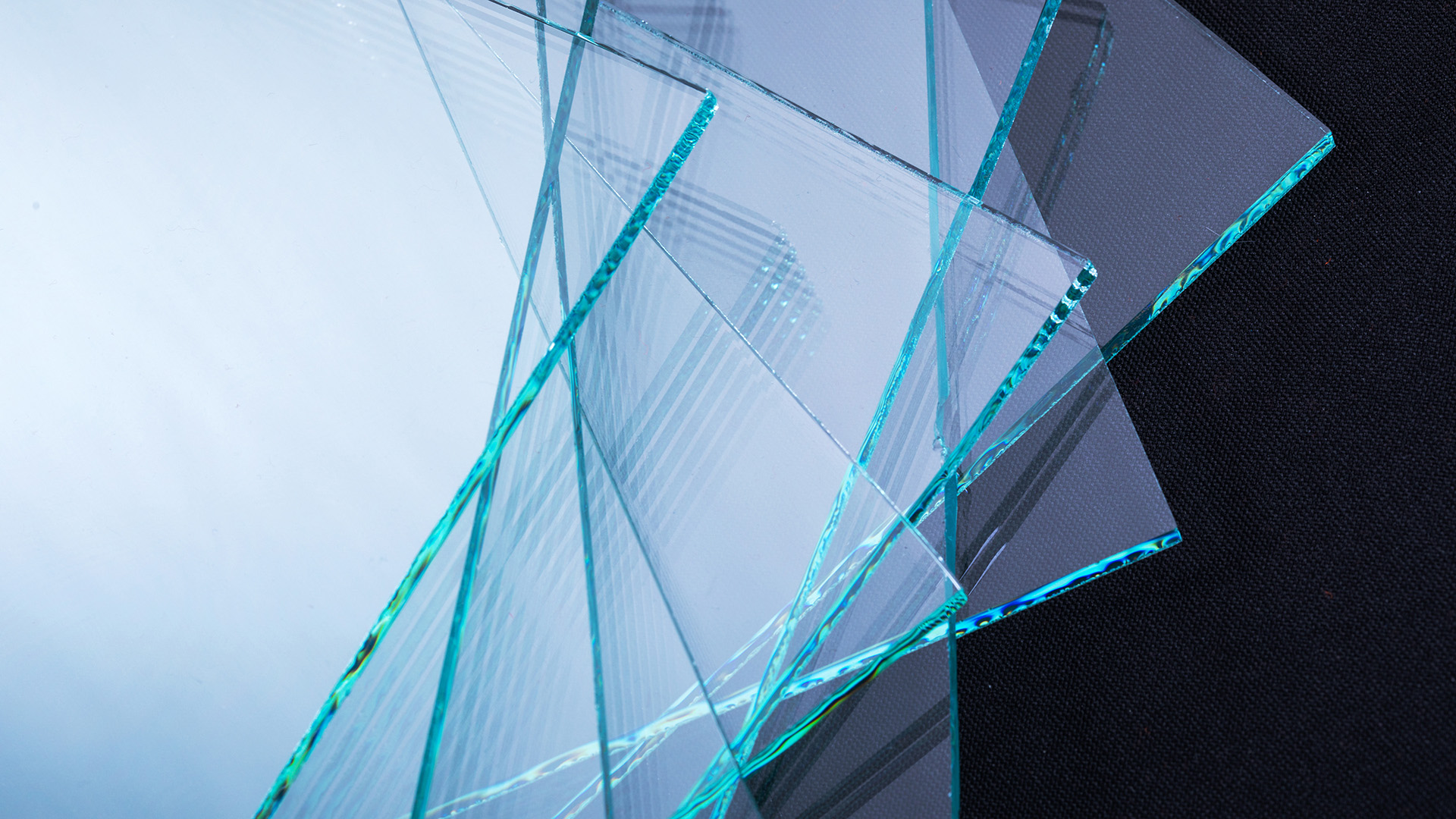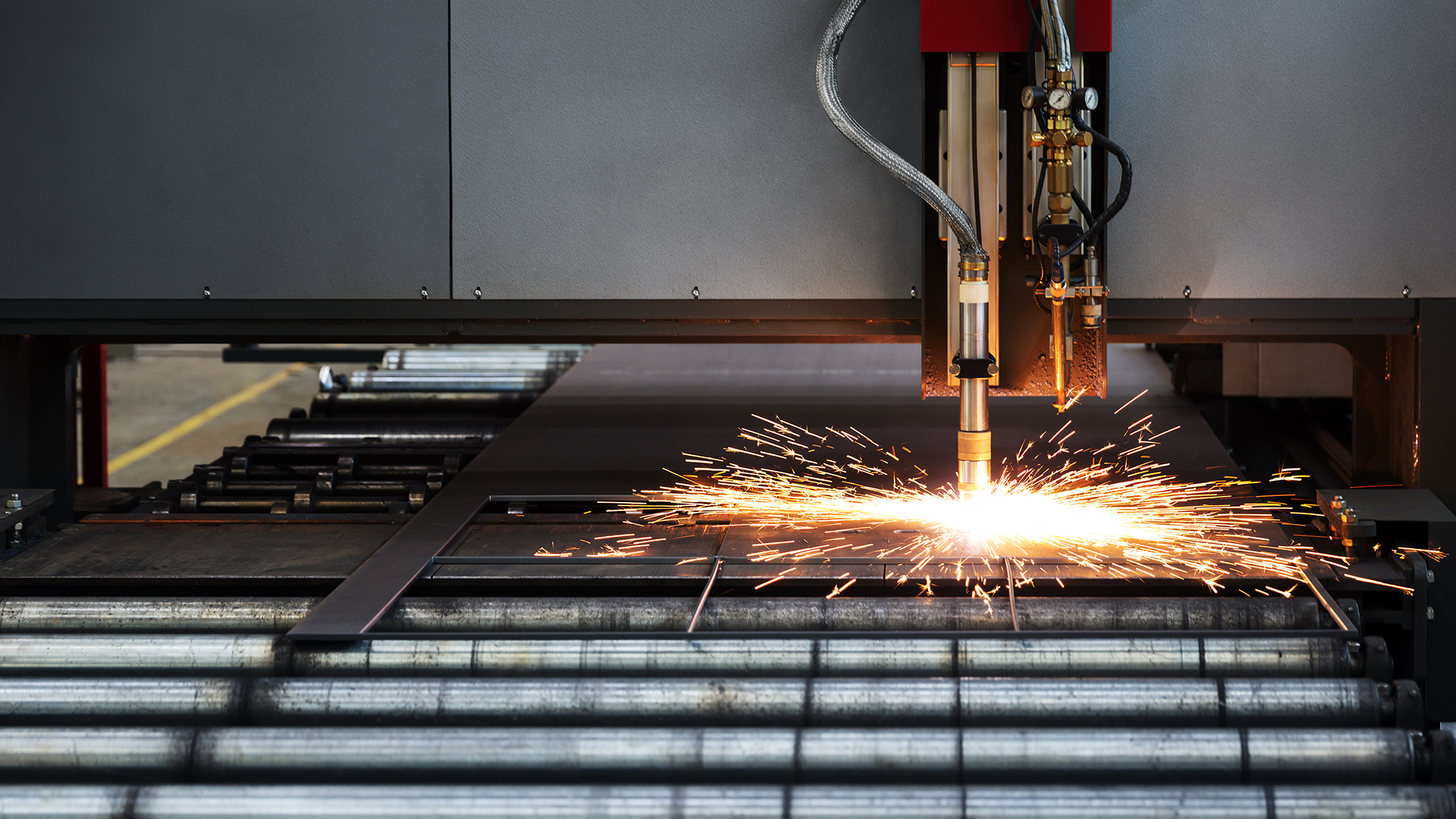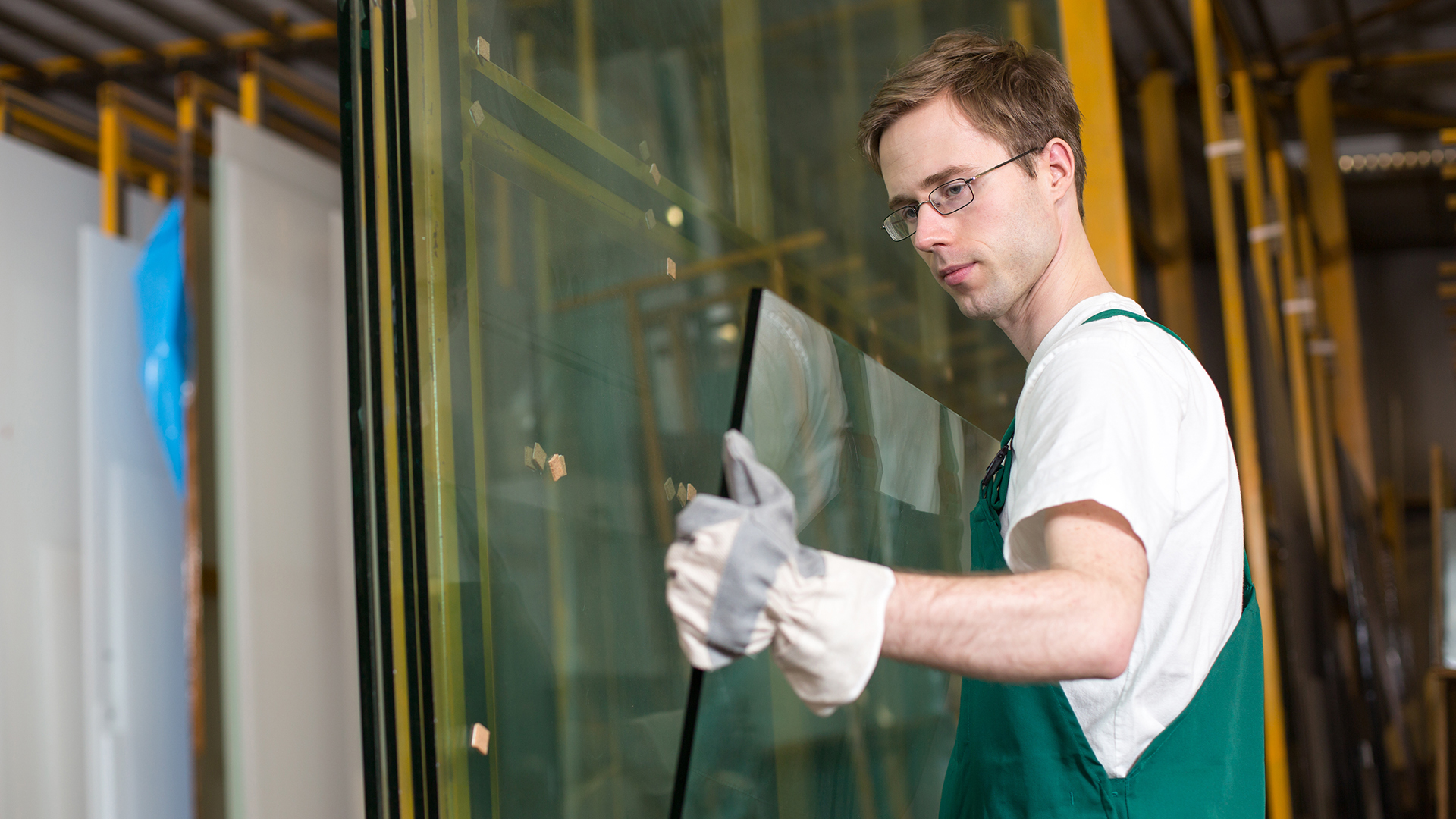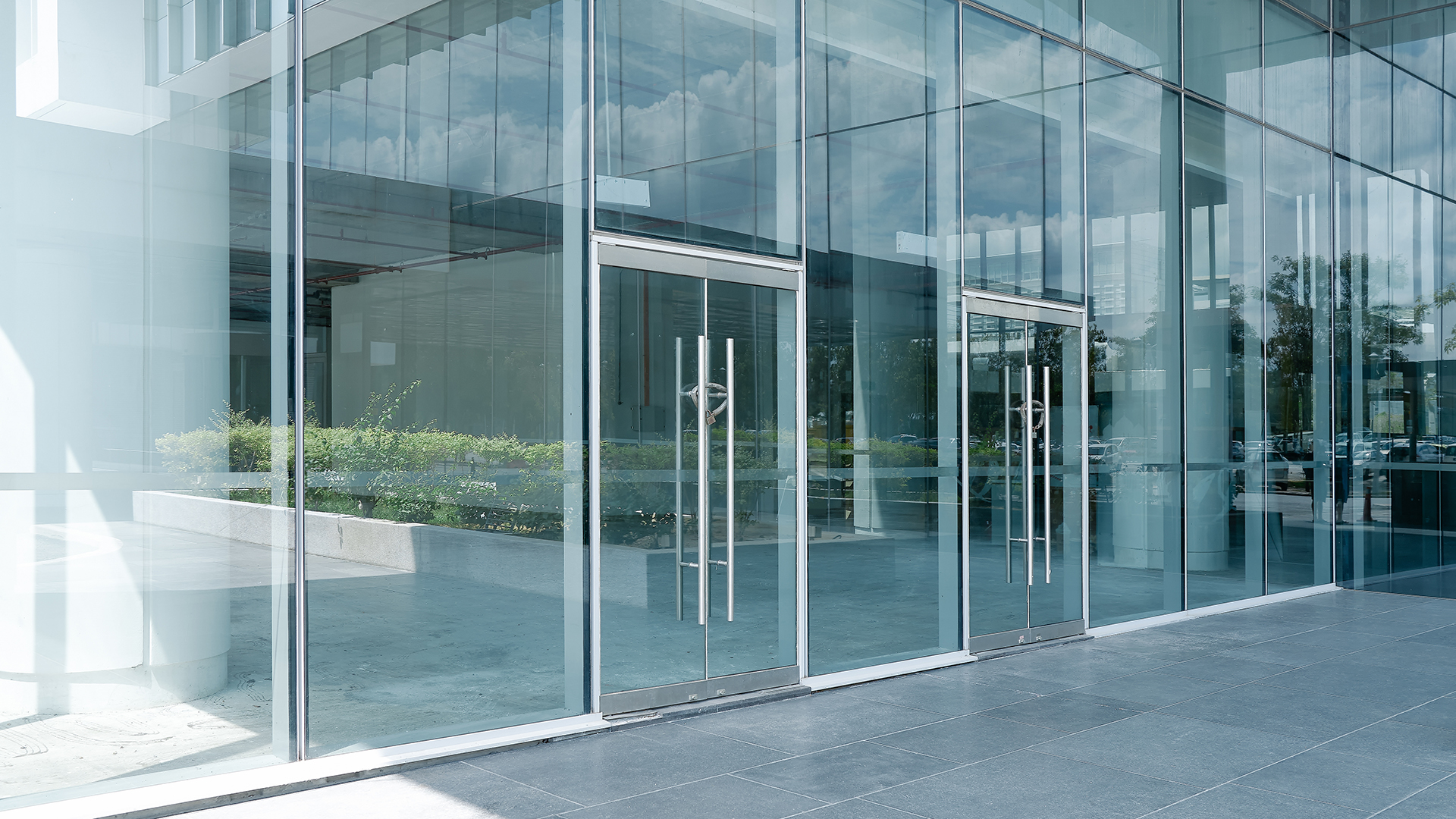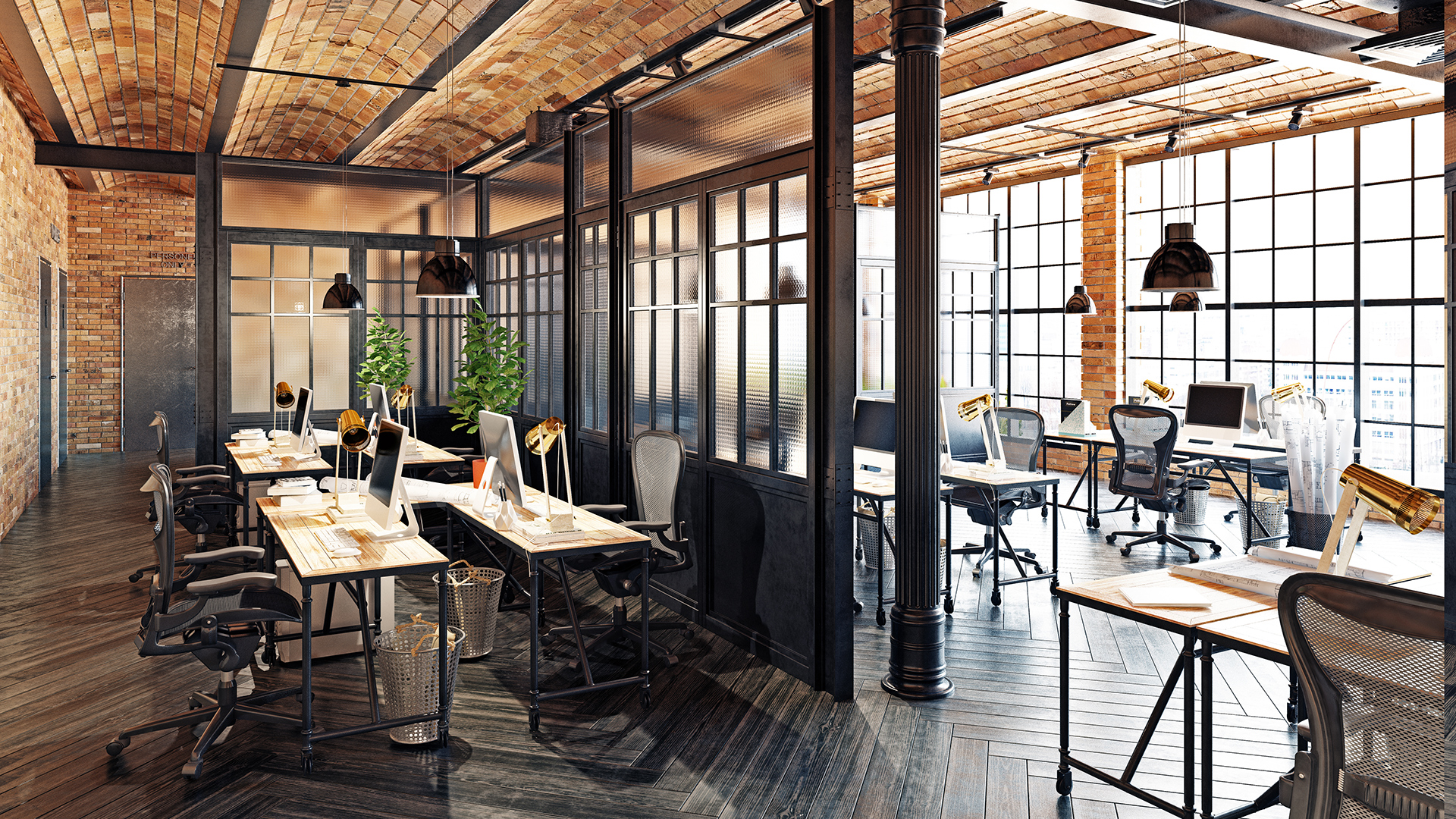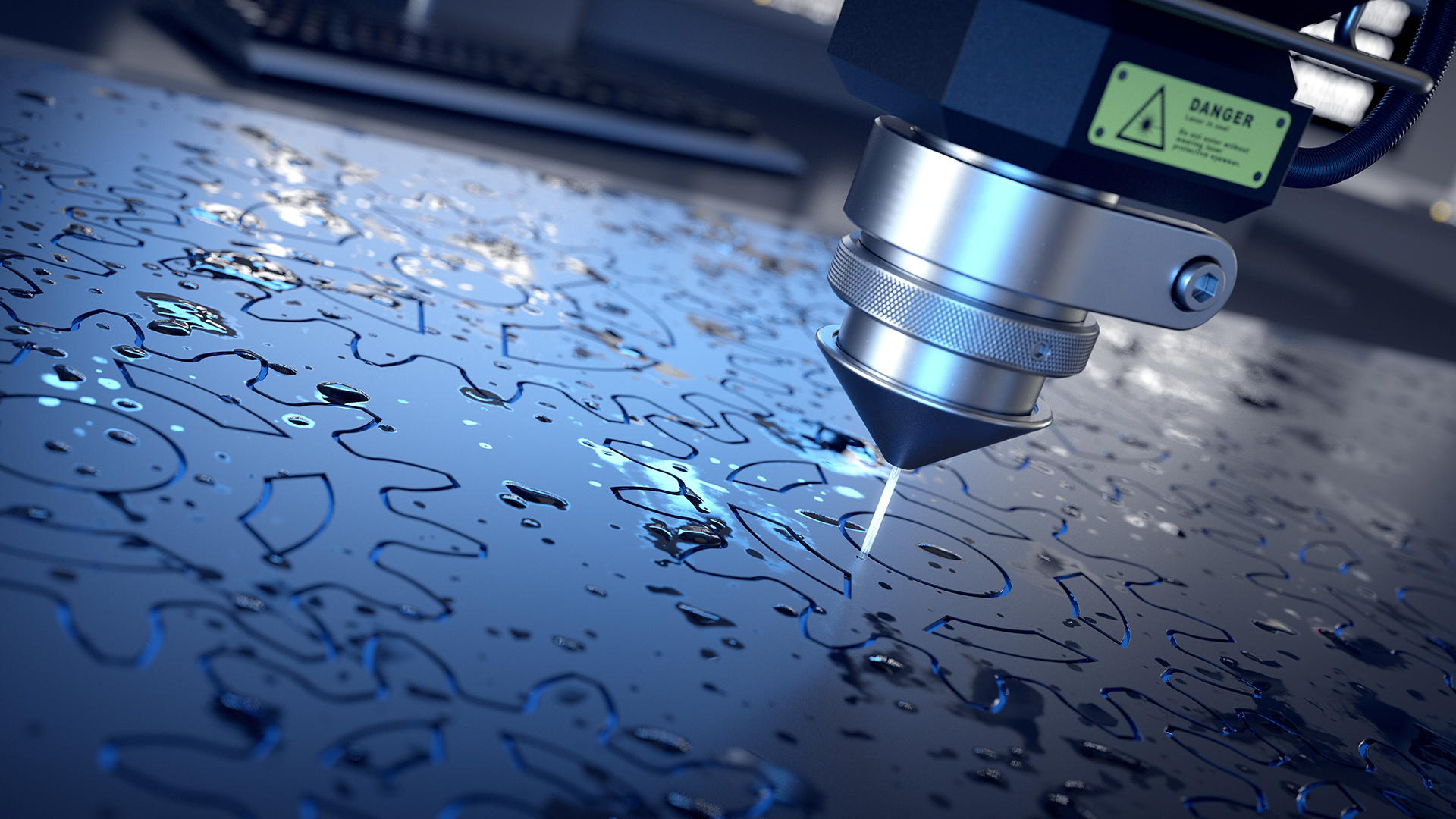In today’s world, energy efficiency has become a top priority for homeowners. One way to achieve this goal is by updating older windows. Advances in technology have made newer models significantly more efficient than older ones. However, choosing suitable window material, installation practices, glazing options, and insulation around the frame are all critical factors that must be considered when selecting new windows. The benefits of such upgrades extend beyond just cost savings for homeowners, as they also lead to a lower carbon footprint, increased comfort levels, and a quieter living environment. Moreover, with climate change exacerbating the degradation of windows, it is crucial to make wise selections about maintenance requirements that will be advantageous both now and in the future. In this article, we explore energy-efficient windows and the various factors that must be considered before deciding on one.
Energy Efficiency of New Windows
When considering whether to repair or replace older windows, it is essential to understand the energy efficiency of new windows. Updated technology has made newer models significantly more efficient than older ones. For the most benefit from this change, several factors must be taken into consideration:
- Type and quality of window material used
- Installation practices
- Location relative to sun exposure
- Window frame insulation
- Glazing options
The window material type affects both the thermal performance and installation cost. Vinyl frames are usually less expensive than wood frames but lack insulating properties. Wood frames may offer better insulation values but can potentially warp over time with moisture absorption. Glazing options should also be considered when choosing a frame material for areas that receive direct sunlight. Due to their chemical makeup, some materials will not accept certain glaze coatings well.
Installation
Installing high-performance windows requires attention to detail during installation; otherwise, air leaks could render them ineffective regardless of how advanced they were initially designed to be. The window’s location compared to sun exposure is another factor that needs to be accounted for so that passive solar strategies can maximize its potential heat gains while minimizing unwanted heat loss if placed on an exterior wall facing southward or westward, respectively. Lastly, adding insulated framing around windows helps reduce cold spots in winter months at joints between different building components. It lowers condensation buildup near interior surfaces on double-paned glass units known as LowE coating layers. This layer helps reflect harmful UV rays away from entering indoors, which further reduces the impacts of climate change on energy use.
Considering all these factors ensures a successful update of old windows, resulting in improved comfort levels and reduced energy costs each season afterward. With proper research and preparation, homeowners can decide what products best fit their home’s needs and budget constraints accordingly.
Low Carbon Footprint Benefits
The home value increase is potentially accompanied by updating old windows can also benefit the environment. Replacing inefficient single-pane glass with modern materials, such as Low-E or energy-efficient glazing systems, reduces heat transfer and helps reduce energy costs associated with cooling and heating a home. Furthermore, replacing traditional frames made of aluminum or steel with more eco-friendly options like composite wood will help alleviate environmental damage from manufacturing processes. These new upgrades may qualify homeowners for tax credits due to their lower carbon footprint.
Installing double-pane insulated glass in place of older single-pane models further aids in reducing the amount of thermal energy needed to cool and heat a home over time. This helps conserve natural resources by using less electricity for climate control purposes. Additionally, updated window treatments are available, which provide additional insulation benefits without sacrificing style or aesthetics. These window coverings offer extra protection against harmful UV rays while still allowing light into the interior spaces of homes.
Upgrading existing windows is cost-effective and has tangible environmental benefits, thanks to its capacity to improve energy efficiency and reduce overall power consumption. Homeowners looking to maximize their return on investment should explore all available window upgrade options before deciding whether repairing or replacing outdated units is best for them and the environment.
Impact of Climate Change on Energy Use
The effects of climate change cannot be disregarded when fixing or replacing windows. Increased stress brought on by rising temperatures might exacerbate the degradation of windows. Older windows thus require more upkeep or replacement since they become less effective at controlling indoor temperatures. Increased energy use and expenses follow from this. Furthermore, hotter conditions frequently increase air conditioning demand, increasing energy costs.
Additionally, the impact of climate change on window frame materials must be considered. Conventional materials like wood, metal, and vinyl can deteriorate over time when exposed to severe temperatures or moisture. This may cause problems like cracking, which would call for replacing the window entirely rather than just making repairs.
Considerations like temperature conditions and material types must be carefully considered when deciding whether to repair or install new windows. Homeowners must consider all available choices before fixing to ensure maximum performance while lowering long-term costs. To make wise selections about window maintenance requirements that will be advantageous now and in the future, people must also keep up with current weather patterns.
Increased Comfort from Energy-Efficient Windows
Homeowners may experience enhanced comfort as a consequence of replacing outdated windows. Better insulation provided by modern windows helps to maintain heat inside during cold and hot weather. As the home uses less energy to maintain desirable temperatures inside, this increased energy efficiency also, over time, leads to decreased energy expenditures. Furthermore, modern windows frequently come with double-paned glass, which prevents ultraviolet (UV) rays from penetrating the house. The shielding of potentially harmful sunlight lessens the fading of furniture, carpeting, and other goods.
Modern window frames are made with materials designed to minimize air infiltration and increase soundproofing; this helps create a quieter indoor and outdoor living environment. In addition, new window styles provide greater flexibility in opening and closing. Some even come equipped with automated controls that make it easier than ever before to adjust ventilation levels quickly while providing additional security measures through locks or sensors.
Updated windows may be more expensive at first than traditional models but will cost less overall due to decreased energy consumption and their longer lifespan compared to outdated versions. With proper installation following manufacturer instructions, these newer options can improve comfort levels within the home for years.
Ready to reduce your footprint with Energy-Efficient Windows?
In conclusion, contemporary, energy-efficient windows must be installed instead of old ones for homes that want to minimize energy expenses, lessen their carbon footprint, and increase comfort. The kind and quality of window material, installation procedures, glazing options, placement of solar exposure, and window frame insulation are a few things that need to be considered when choosing new windows. Homeowners can reduce their long-term costs and the environmental harm caused by manufacturing processes by upgrading their current windows. Making informed decisions regarding maintenance requirements that will be advantageous now and in the future is also essential. Especially since climate change is accelerating the degradation of windows. By keeping up with current weather patterns and considering all available choices, homeowners can ensure maximum performance while lowering long-term costs.
Upgrade your windows today and start saving on energy expenses while reducing your carbon footprint. Contact us now to learn more about our contemporary, energy-efficient windows and take the first step towards increasing comfort and reducing long-term costs.

